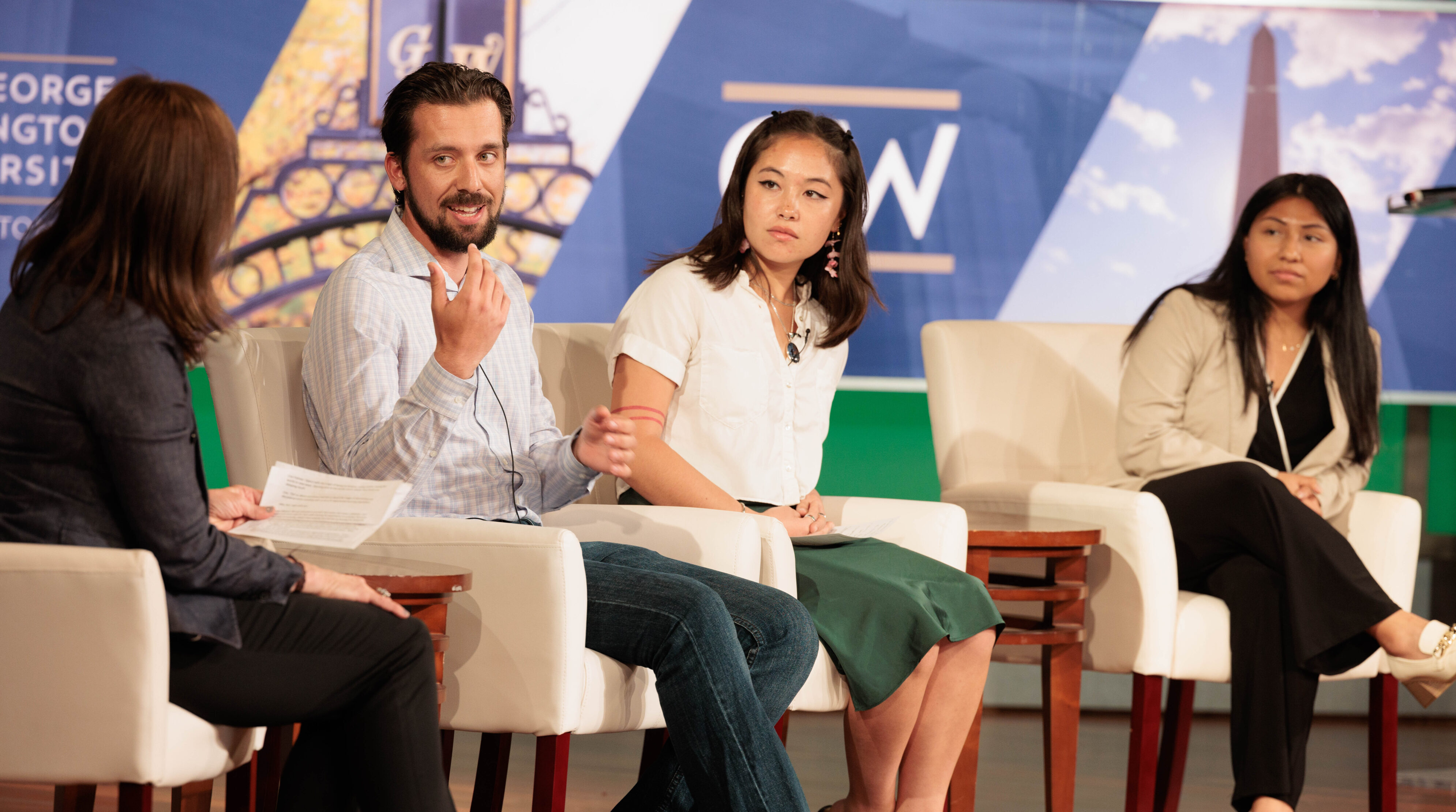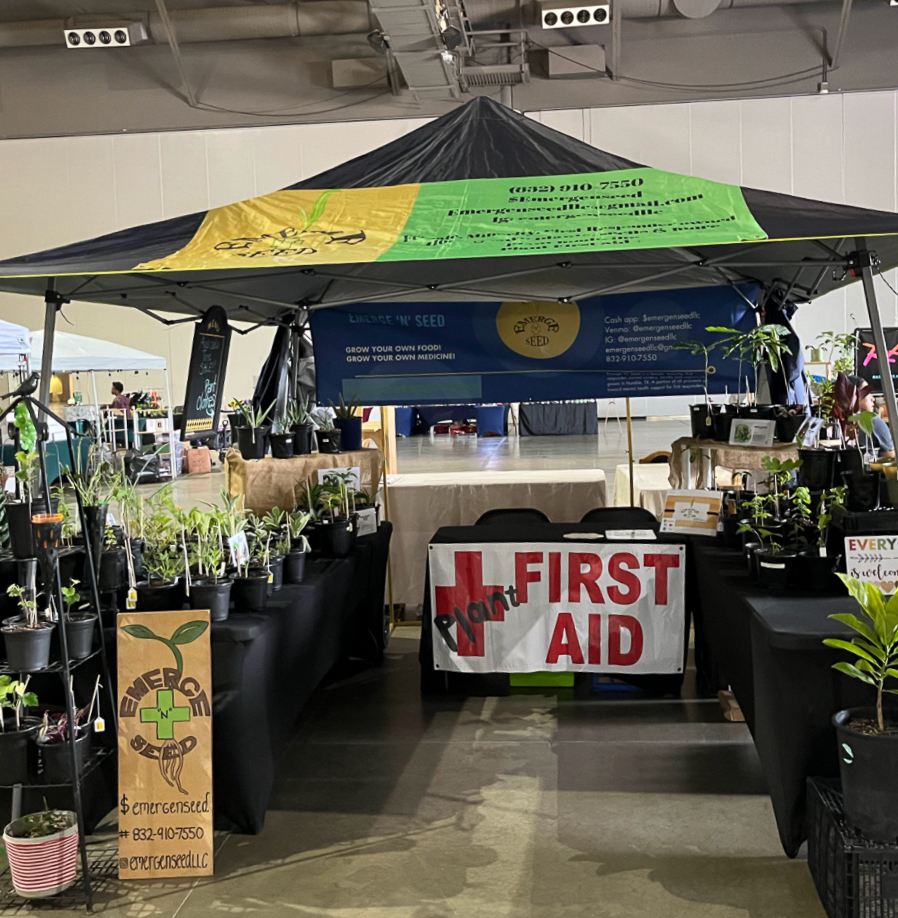In my neighborhood, the heart of Brooklyn, on most days it feels like the city forgot about those who live there. When the wind blows down the streets it often is accompanied by pieces of trash and small particles of debris that the Sanitation trucks left us as gifts. Green space doesn’t exist, kids take refuge in playing on the streets and watching out for cars in the road. An afterschool snack looks like the plethora of fast food restaurants within a 5 block radius of the local elementary and high school.
The walk to my high school, in another part of Brooklyn, was not as stressful. I heard birds chirping. I dodged kids as they rode their scooters to school, their parents not too far behind. Business men ignored me. I could pick up a banana and coconut water at a local corner store. I preferred this area more than my own. But in high school I didn’t exactly know why. Some things were obvious like the lack of sanitation or the immediate access to healthier food. Yet, why didn’t my neighborhood, in the heart of Brooklyn, have the same access and treatment as the one I attended high school in?
When we think of environmental injustice we often think of places like Flint, Michigan or have scenes in our heads of communities who face an overwhelmingly huge proportion of environmental burdens. However, not all injustices are created equally. Julian Agyeman brings up a good point in his book, “Introducing Just Sustainabilites: Policy, Planning, and Practice”. In it he says, “From global to local, human inequality (the loss of human potential) is as detrimental to our future as the loss of environmental potential, and only a Just Sustainabilities approach to policy, planning, and practice has an analysis and theory of change with strategies to transform the way in which we treat each other and the planet”.
But what exactly is Just Sustainabilites? It covers 4 conditions that build sustainable communities. Yet the approach to accomplishing each of them will look different for each community in question. The four conditions are 1) improving quality of life and well-being 2) meeting the needs of both present and future generations 3) justice and equity in terms of recognition, process, procedure, and outcome and 4) living within ecosystem limits.
After doing some research, my neighborhood isn’t defined as a traditionally, “environmental injustice” community. But there are some clear differences in quality of life. The EPA’s Office of Environmental Justice defines EJ as: “The fair treatment and meaningful involvement of all people regardless of race, color, national origin, or income with respect to the development, implementation, and enforcement of environmental laws, regulations, and policies. It will be achieved when everyone enjoys the same degree of protection from environmental and health hazards and equal access to the decision-making process to have a healthy environment in which to live, learn, and work”
The environmental wellbeing of a community goes beyond if members of the community face high levels of lead contamination or not. Although these are important I urge normal citizens and especially people in power to think more critically. As Emma Coombes, Andrew Jones, Melvyn Hillsdon argue in their research, titled “The Relationship of Physical Activity and Overweight to Objectively Measured Green Space Accessibility and Use” the lack of green space in a community is not an injustice solely because individuals are removed from the natural environment but because this can increase an individual’s chances of obesity. Further explaining that the environment, environmental hazards, and lack of green space that surround us affects our wellbeing overall. The shift of thinking to encompass the psychological and social effects of environmental hazards allows us to view communities sustainably and tackle the root of the issues in which they face.
—
Works Cited:
– Environmental Justice. (2017, February 22). Retrieved March 02, 2017, from https://www.epa.gov/environmentaljustice
– Agyeman, J. (2013). Introducing Just Sustainabilities: Policy, Planning, and Practice. London, UK: Zed Books.
How do you move the planet forward?
Submit Story
 https://www.epa.gov/environmentaljustice
https://www.epa.gov/environmentaljustice


















